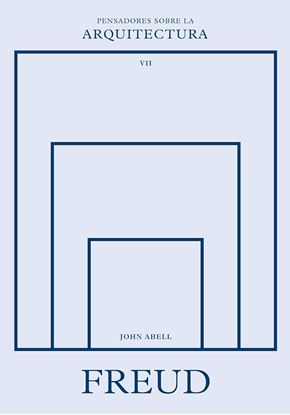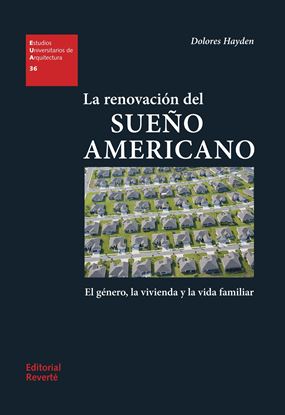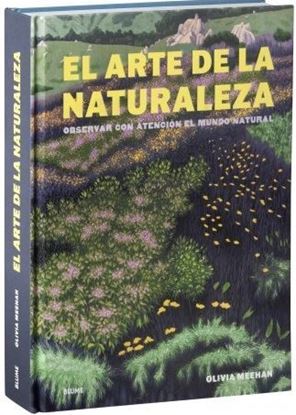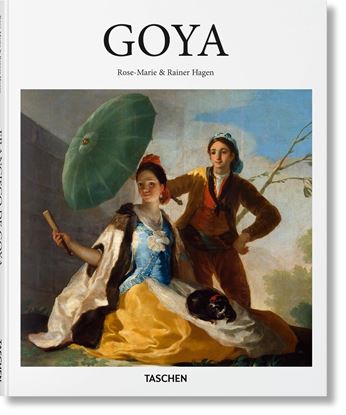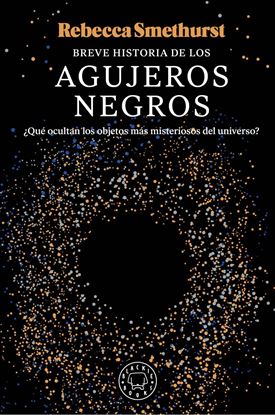

FREUD SOBRE LA ARQUITECTURA
Freud sobre la arquitectura explica qué ofrece Sigmund Freud para comprender la creatividad y la experiencia de la arquitectura, con ejemplos que van desde el Movimiento Moderno hasta la actualidad.
Las observaciones de Freud sobre la mente humana y su influencia en la cultura y el comportamiento social han generado numerosos debates desde el siglo XIX. Sin embargo, lo que las ideas fundamentales de Freud ofrecen para comprender la creatividad y la experiencia de la arquitectura ha recibido muy poca atención directa. Esto se debe, en parte, a que Freud abrió la puerta a un lugar en el que la investigación convencional sobre arquitectura tiene poca fuerza: el inconsciente. Para complicar aún más las cosas, la obra de Freud es vasta y abrumadora. Freud sobre la arquitectura examina las ideas clave de Freud y cierra la brecha entre la arquitectura y la teoría psicoanalítica.
1,800
1,440
GENIUS LICI; PAISAJE, AMBIENTE Y ARQUIT.
Este libro apareció originalmente en 1979 en su versión italiana, y un año después en inglés. Pese al prestigio de su autor, nunca se había traducido al español, por lo que la presente edición es casi una novedad.
Como se indica nada más empezar el prefacio, este estudio sobre el concepto del 'espíritu del lugar', el genius loci de los antiguos romanos, es una continuación de tres libros anteriores del autor, todos existentes en versión española: Intenciones en arquitectura (1963), Existencia, espacio y arquitectura (1971) y Arquitectura occidental (1974).
La idea fundamental del libro es que el ser humano necesita un 'punto de apoyo existencial' y que es la arquitectura, en sus diversas escalas, la que se lo puede proporcionar. Para ello, el principal objetivo que se plantea el texto es exponer las implicaciones psíquicas de la arquitectura y no tanto su lado práctico, aun sabiendo que existe una relación entre ambos aspectos.
Las reflexiones filosóficas de Martin Heidegger sobre el concepto de 'habitar' sirven al autor como punto de partida de sus investigaciones sobre la noción de lugar, entendido éste como un espacio con un carácter distintivo en el que el ser humano puede desarrollar plenamente su vida.
Así pues, el genius loci, el 'espíritu del lugar' se ha reconocido desde tiempos antiguos como la realidad concreta que el ser humano tiene que afrontar y asumir en su vida cotidiana. La arquitectura significa hacer visible ese genius loci, y la labor del arquitecto es crear lugares significativos con los que ayudar al ser humano a habitar.
1,995
1,596
LA RENOVACION DEL SUEÑO AMERICANO
Este libro se publicó originalmente en 1984, con una segunda edición, revisada y ampliada, en 2002, que es la que se presenta aquí en versión española.
Dolores Hayden aborda el mito del 'sueño americano' y estudia unos modelos más satisfactorios de vivienda, trabajo y vida familiar en los Estados Unidos, así como en otros países donde el trabajo remunerado de las mujeres ha creado tensiones similares.
Primero se hace un recorrido por la historia de los tipos de viviendas desde la época colonial, con especial atención a la casa unifamiliar suburbana, y se analizan los retos para esa 'casa de ensueño' planteados por ambientalistas, grupos de mujeres y defensores de los derechos humanos.
Luego se identifican las necesidades y los deseos más profundos asociados al ideal de hogar, y se describen tres modelos de vivienda: la 'estrategia del refugio', la 'estrategia industrial' y la 'estrategia del vecindario', de los que se analizan los puntos fuertes y débiles. Además de las experiencias estadounidenses, se incluyen ejemplos de China, Cuba, Dinamarca, Suecia y Rusia.
Por último, se examina la relación entre los proyectos de vivienda y el espacio público; se estudia en qué circunstancias y lugares la vivienda coincide con el desarrollo comunitario; se considera la rehabilitación del tejido de viviendas y barrios; y se incluyen muchos ejemplos de proyectos experimentales realizados por particulares, grupos pequeños y gobiernos locales y nacionales.
1,995
1,596
EL ARTE DE LA NATURALEZA
La naturaleza nunca ha sido tan vibrante. Contemple la belleza y el poder del mundo natural, desde volcanes y mares tempestuosos hasta bosques resplandecientes y estrellas fugaces.
Esta observación guiada de la naturaleza ofrece una forma totalmente nueva de contemplar el mundo.
Un increíble compendio de la historia del mundo que nos rodea, contada a través de pinturas, dibujos, esculturas, textiles y artes decorativas.
2,800
2,240
GOYA (BASIC ART SERIES 2.0)
From court portraits for the Spanish royals to horrific scenes of conflict and suffering, Francisco José de Goya y Lucientes (1746–1828) made a mark as one of Spain’s most revered and controversial artists. A master of form and light, his influence reverberates down the centuries, inspiring and fascinating artists from the Romantic Eugène Delacroix to Britart enfants terribles, the Chapman brothers.Born in Fuendetodos, Spain, in 1746, Goya was apprenticed to the Spanish royal family in 1774, where he produced etchings and tapestry cartoons for grand palaces and royal residences across the country. He was also patronized by the aristocracy, painting commissioned portraits of the rich and powerful with his increasingly fluid and expressive style. Later, after a bout of illness, the artist moved towards darker etchings and drawings, introducing a nightmarish realm of witches, ghosts, and fantastical creatures.It was, however, with his horrific depictions of conflict that Goya achieved enduring impact. Executed between 1810 and 1820, The Disasters of War was inspired by atrocities committed during the Spanish struggle for independence from the French and penetrated the very heart of human cruelty and sadism. The bleak tones, agitated brushstrokes, and aggressive use of Baroque-like light and dark contrasts recalled Velázquez and Rembrandt, but Goya’s subject matter was unprecedented in its brutality and honesty.In this introductory book from TASCHEN Basic Art 2.0 we set out to explore the full arc of Goya’s remarkable career, from elegant court painter to deathly seer of suffering and grotesquerie. Along the way, we encounter such famed portraits as Don Manuel Osorio Manrique de Zúñiga, the dazzling Naked Maja, and The 3rd of May 1808 in Madrid, one of the most heart-stopping images of war in the history of art.
1,500
1,200
BREVE HISTORIA DE LOS AGUJEROS NEGROS
En este preciso momento estás orbitando alrededor de un agujero negro.
Rebecca Smethurst, galardonada investigadora de la Universidad de Oxford, arroja luz sobre el fenómeno más misterioso y emocionante de la astrofísica, y desarma los equívocos construidos a su alrededor para contarnos que los agujeros negros no son realmente negros. Que se parecen más a una mullida almohada que a una potente aspiradora. Que orbitamos alrededor del agujero negro supermasivo denominado Sagitario A*.
1,450
1,160

